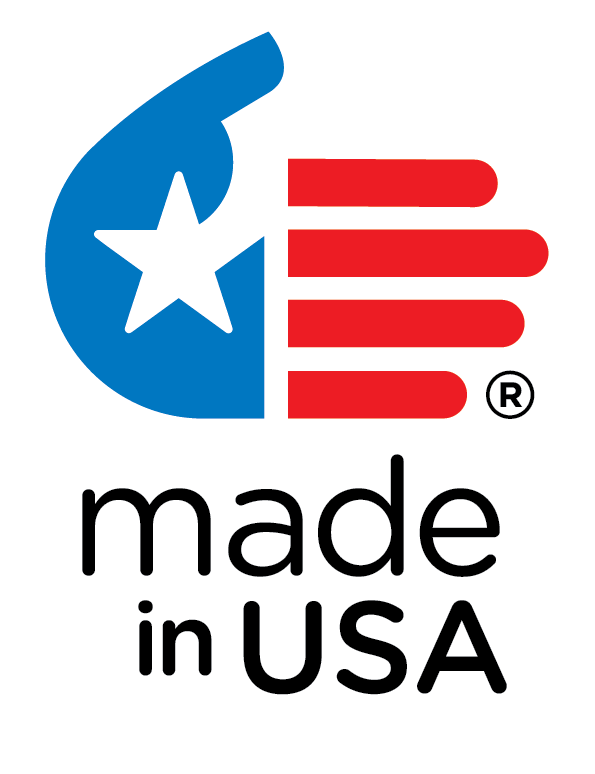Back to Presentations
Different TrueAllele® users, same DNA answer: a multi-center proficiency study
William P. Allan, MS, Jennifer M. Bracamontes, MS, Matthew M. Legler, BS, Jonathan Perlin, MS, and Mark W. Perlin, PhD, MD, PhD, "Different TrueAllele® users, same DNA answer: a multi-center proficiency study", Mid-Atlantic Association of Forensic Scientists Annual Meeting, Pittsburgh, PA, 9-May-2024.
Talk
PowerPoint presentation of the conference talk.
Download Handout
Download PowerPoint
Summary
The objective TrueAllele® genotyping computer gets the same DNA match statistics, regardless of laboratory or analyst. The identification information doesn’t depend on sequencer or STR kit. TrueAllele learns lab parameters from evidence data without calibration. Our multi-center study shows that analysts everywhere get everything at once from all their DNA data.
Abstract
For two decades, interlaboratory studies (1, 2, 3) have highlighted considerable variation in DNA mixture interpretation outcomes. The same DNA evidence can produce widely different results – one laboratory may calculate a match statistic that connects a suspect to the mixture, another lab may exclude him, while a third can’t reach any conclusions. This variability diminishes confidence in forensic DNA science.
Cybergenetics conducted a study of crime laboratories that use its TrueAllele® technology. A TrueAllele computer applies Bayesian inference and statistical search to derive genotypes from DNA mixture data. Each “probabilistic” genotype corresponds to one contributor to the mixture. These single-contributor genotypes are compared with reference profiles to calculate a likelihood ratio (LR) match statistic. The LR quantifies the statistical support for a person having left their DNA (or not) in the evidence.
Our study had two goals: assessing the TrueAllele proficiency of participating analysts, and examining the concordance of their reported results. Each TrueAllele laboratory sent us electronic data from one mixture item, along with a matching reference profile. The labs produced data using five different PCR kits and four different genetic analyzers. The DNA mixtures contained 3 to 5 contributors; 70% were four-contributor mixtures. The comparison person comprised 18% to 90% of the mixture.
We sent anonymized data from 10 mixtures to 32 analysts across 10 participating laboratories. Each TrueAllele analyst processed every item. Once an analyst had completed their TrueAllele processing, we sent them reference profiles for LR comparison. This two-stage data distribution assured objectivity – TrueAllele did not need or use reference information to interpret mixture data.
The lab analysts used TrueAllele comparisons to first determine which reference was associated with which mixture sample. They then calculated LR match statistics for the DNA associations. The analysts returned their match statistics to Cybergenetics, who collated their results and conducted ANOVA statistical tests. The ANOVA grouped the LR results by mixture item, laboratory, and analyst.
The study showed analyst proficiency in using TrueAllele – all were able to process DNA mixture data and produce match statistics. The ANOVA results demonstrated no statistical difference in LR outcomes between laboratories (p-value = 0.273 > 0.05), nor between analysts (p-value = 0.856 > 0.05).
The TrueAllele laboratories derived reliable results using STR data from other laboratories. No PCR kit or genetic analyzer calibration was needed, since TrueAllele learns this information directly from evidence data. It made no difference where the DNA data came from, nor what lab technology was employed to generate the data.
The study showed that TrueAllele results do not depend on where, when, who, how, why, or what DNA mixture data is generated and interpreted. The LR results are invariant across person and laboratory, DNA complexity and analysis procedure, motivation and bias, or time and space. The answers are the same regardless.
With TrueAllele mixture analysis, all laboratories and analysts get the same output LR answer from the same input DNA data. All qualified experts will report the same answer [4]. This cross-laboratory consistency improves on other approaches that showed high inter-laboratory reporting variation. Reporting concordant LR results increases confidence in forensic DNA science and human identification.
References
- Butler, Kline, Coble. “NIST interlaboratory studies involving DNA mixtures (MIX05
and MIX13): Variation observed and lessons learned.” Forensic Sci Int Genet, 2018
Nov:37:81-94
- Buckleton, Bright, Cheng, Budowle, Coble. “NIST interlaboratory studies involving
DNA mixtures (MIX13): A modern analysis.” Forensic Sci Int Genet, 2018 Nov:37:172-
179
- Brinkac, Richetelli, Davoren, Bever, Hicklin. “DNAmix 2021: Laboratory policies,
procedures, and casework scenarios summary and dataset.” Data Brief, 2023 Apr
14:48:109150.
- Bauer, D.W., Butt, N., Hornyak, J.M., and Perlin, M.W. Validating TrueAllele® interpretation of DNA mixtures containing up to ten unknown contributors. Journal of Forensic Sciences, 65(2):380-398, 2020.
